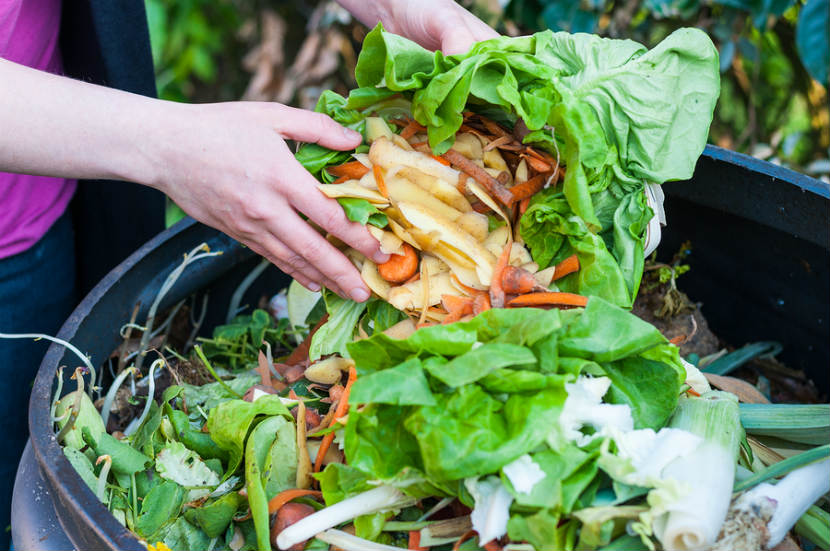
Do you find yourself throwing out food that has gone bad? Do you want to learn how to reduce your food waste at home? Then read on to learn more about how to plan your meals, store your food and use leftovers to get the most out of your meal budget.
Top 5 tips on reducing food waste:
1. Plan ahead to reduce food waste
As best as you can, plan your meals the week ahead. When you plan your meals, you are less likely to waste. Use My Menu Planner to help plan your meals.
2. Be a smart shopper
One of the most important ways to reduce food waste is by checking the “best-before” and “packaged on” dates when grocery shopping. Avoid foods that expire soon.
Here are more tips to reduce food waste when shopping.
Perishable foods
-
Pick up foods like meats, poultry, fish, milk, cheese and yogurts right before you’re ready to check out. This keeps them cold for the longest period of time.
-
Keep foods like meats, poultry and fish separate from other groceries in your cart to prevent cross-contamination.
-
Unless you’re headed straight home, consider bringing a cooler with you on warmer days to make sure food stays fresh.
Produce
-
Keep fresh produce away from other foods to avoid bruising. Bruising causes fresh foods to spoil more quickly.
Canned, packaged and boxed foods
-
Avoid canned, packaged and boxed goods that are open or have a broken seal. Avoid cans that are dented, leaking, bulging or cracked.
3. Store foods the right way to reduce food waste
Put perishable foods in the refrigerator or freezer as soon as you get home from shopping. Make sure cold air can circulate easily around the food to keep it safe. To learn how to store fresh foods safely see Safe Food Storage. Fridge and freezer storage times can be found here.
4. Stock your pantry
Store all unopened non-perishable products in a clean, dry place at room temperature. Keep your pantry well stocked with basic, non-perishable ingredients that can be used in a variety of meals. Examples of pantry items include:
-
Grain products: Whole grain pasta, brown rice, quinoa, couscous, kasha and quick cooking polenta
-
Canned vegetables and fruits: Low sodium canned tomatoes, corn, carrots and mushrooms, canned peaches, mandarin oranges and pineapple packed in water or light syrup
-
Dried or canned beans: Chickpeas, beans and lentils
-
Canned fish: Low sodium canned tuna and salmon
-
Cooking oils: Extra-virgin olive oil, canola oil and sesame oil
-
Vinegars: White or red wine vinegar and balsamic vinegar
-
Baking products: Flour, white and brown sugar, baking soda, baking powder, corn starch, plain oats and wheat bran
-
Unopened condiments: Dijon mustard, salad dressing and ketchup
Use the “First In First Out” rule. When stocking your pantry, rotate products so the oldest are used first. Be sure to check best-before dates before using the product. Check food labels on packaged, canned or bottled foods that may need refrigeration after opening, like soy sauce.
5. Use leftovers wisely
Use leftovers to help stretch your week’s meals and reduce waste. Use these tips to use your leftovers creatively for different meals.
Bottom line
Reducing food waste is possible with some planning and safe storage habits. Keep these five tips in mind to help manage your meal budget while keeping you and your family safe.
You may also be interested in:
Simple steps to freeze your food
How to store fruit and keep them fresh
How to store vegetables and keep them fresh
Last Update – February 21, 2020